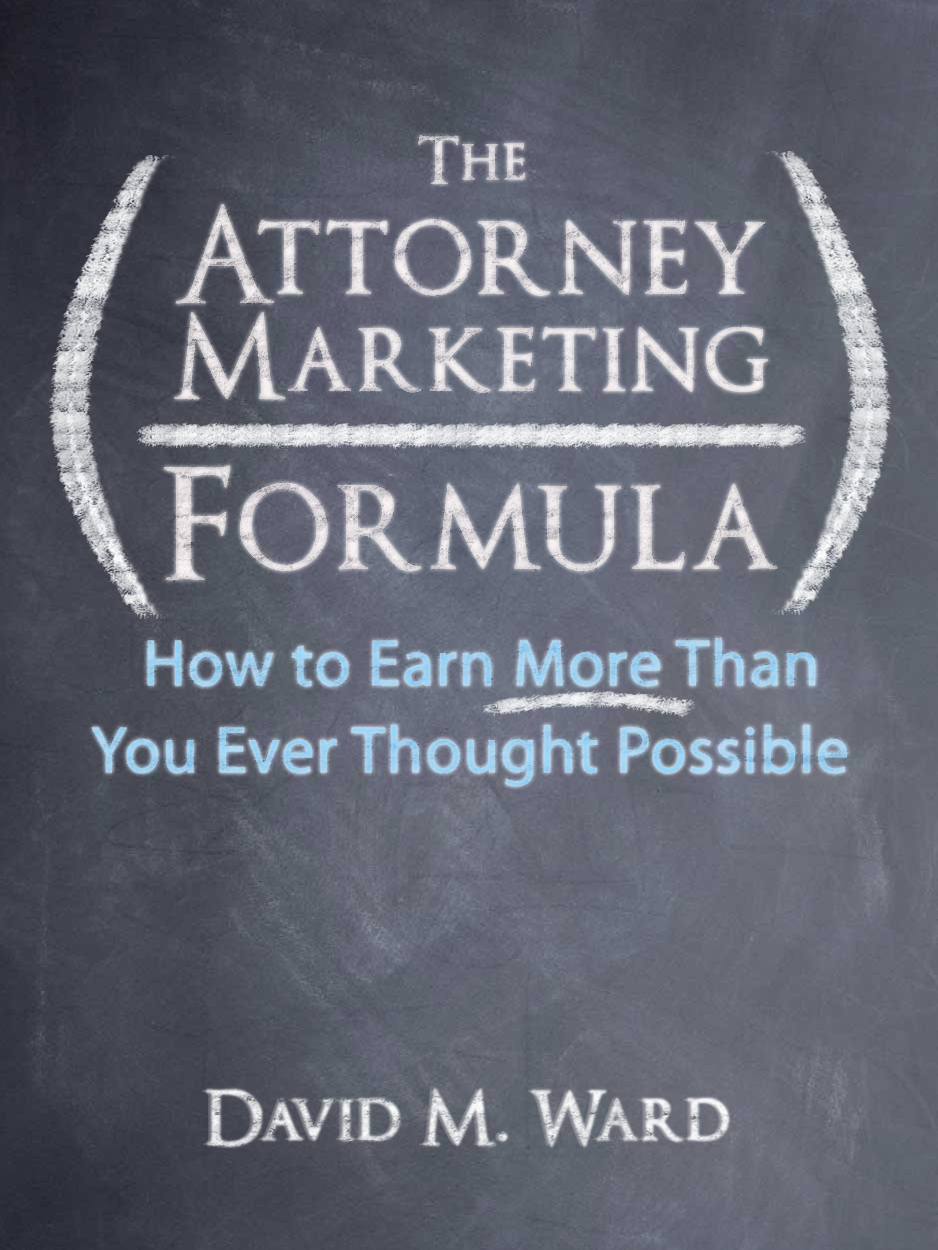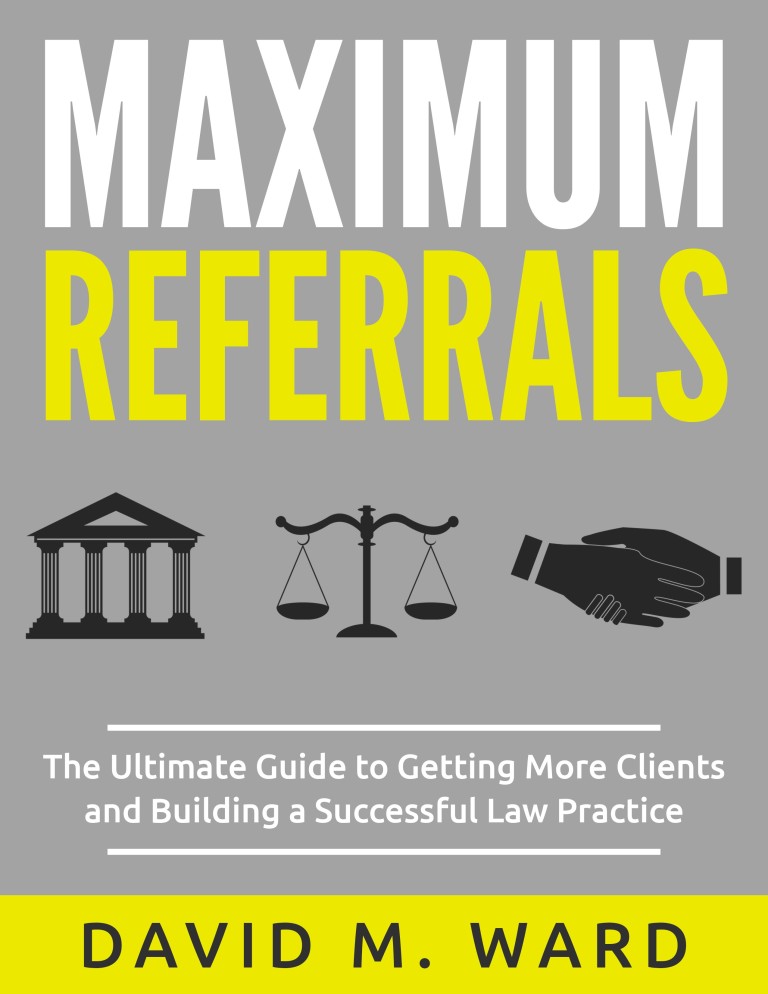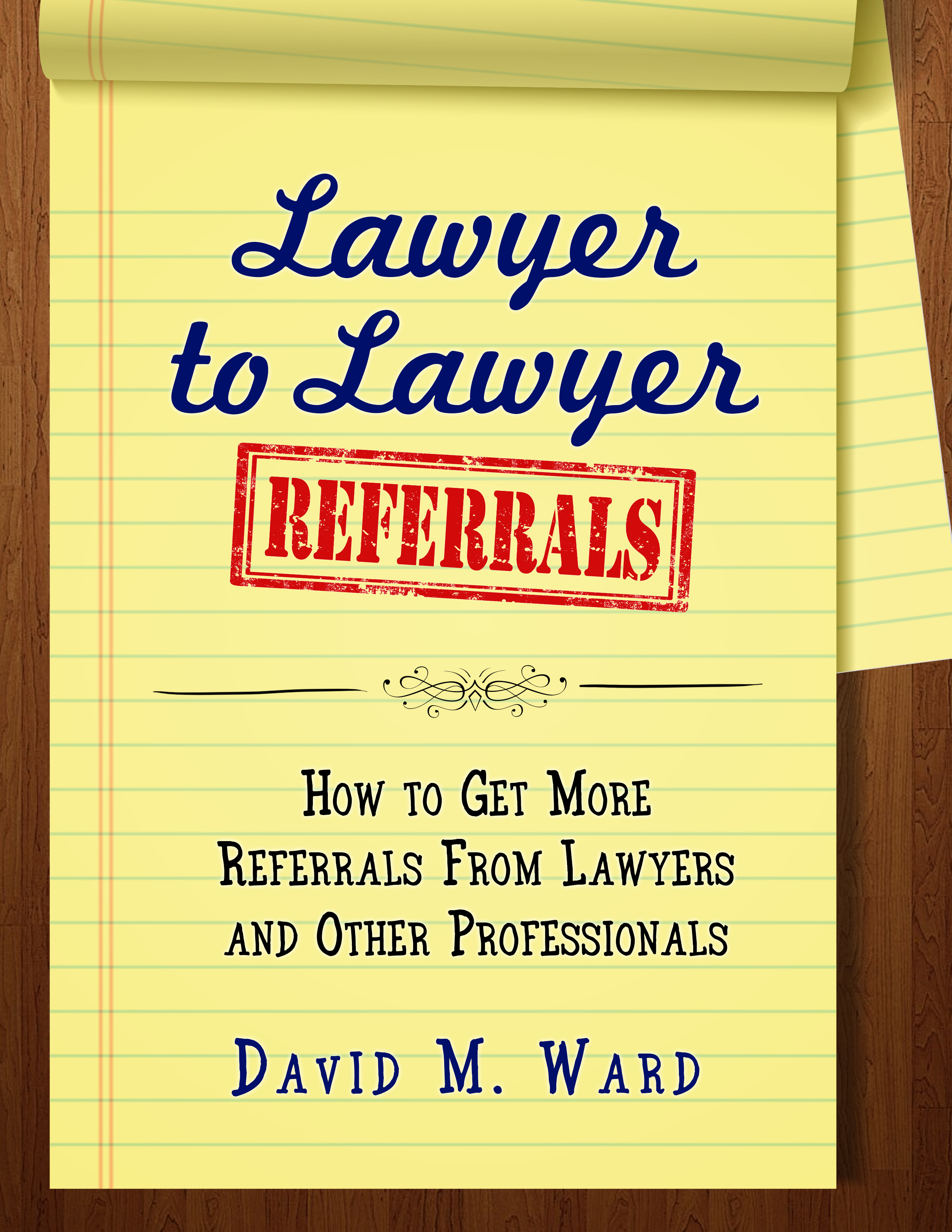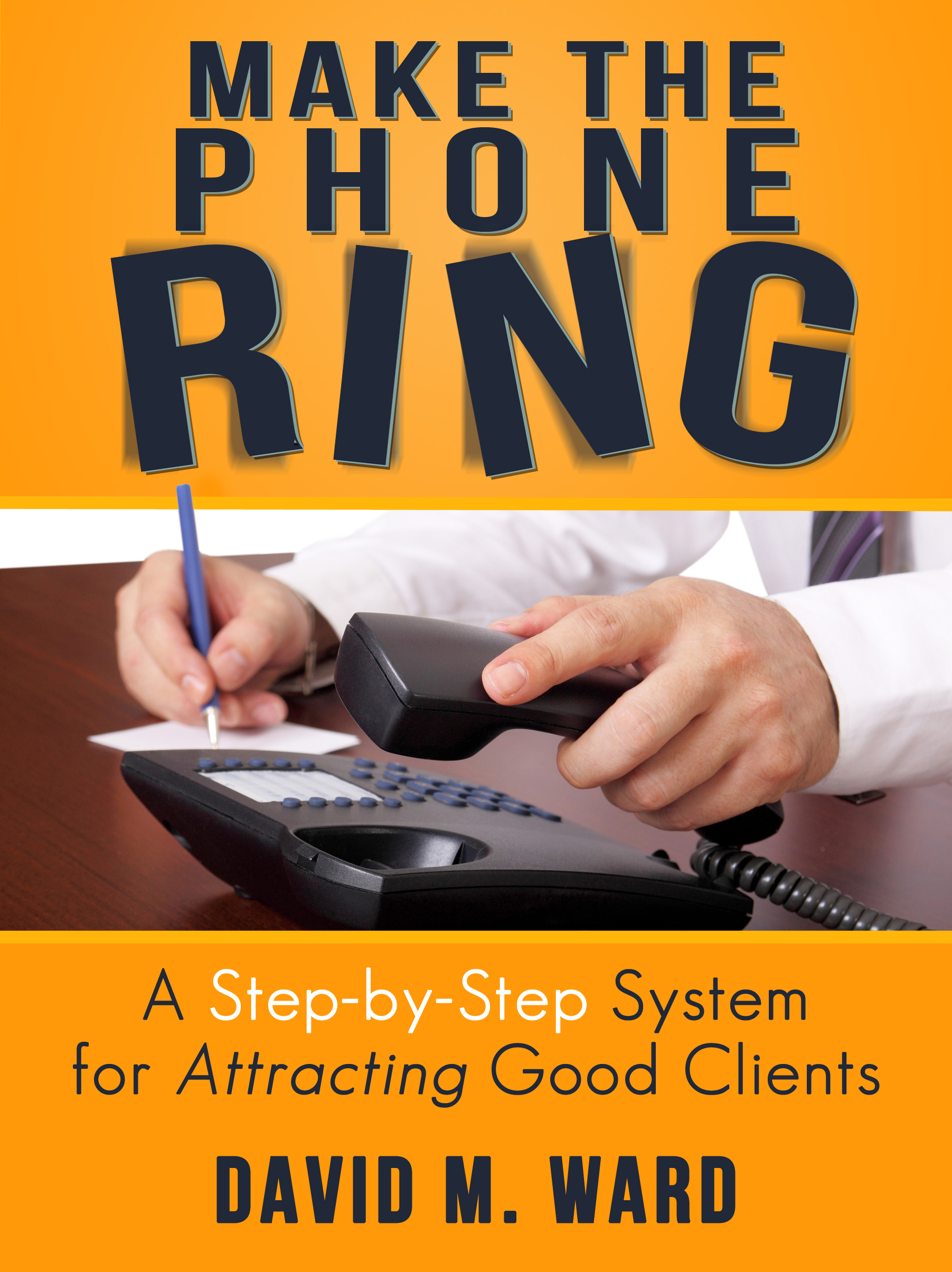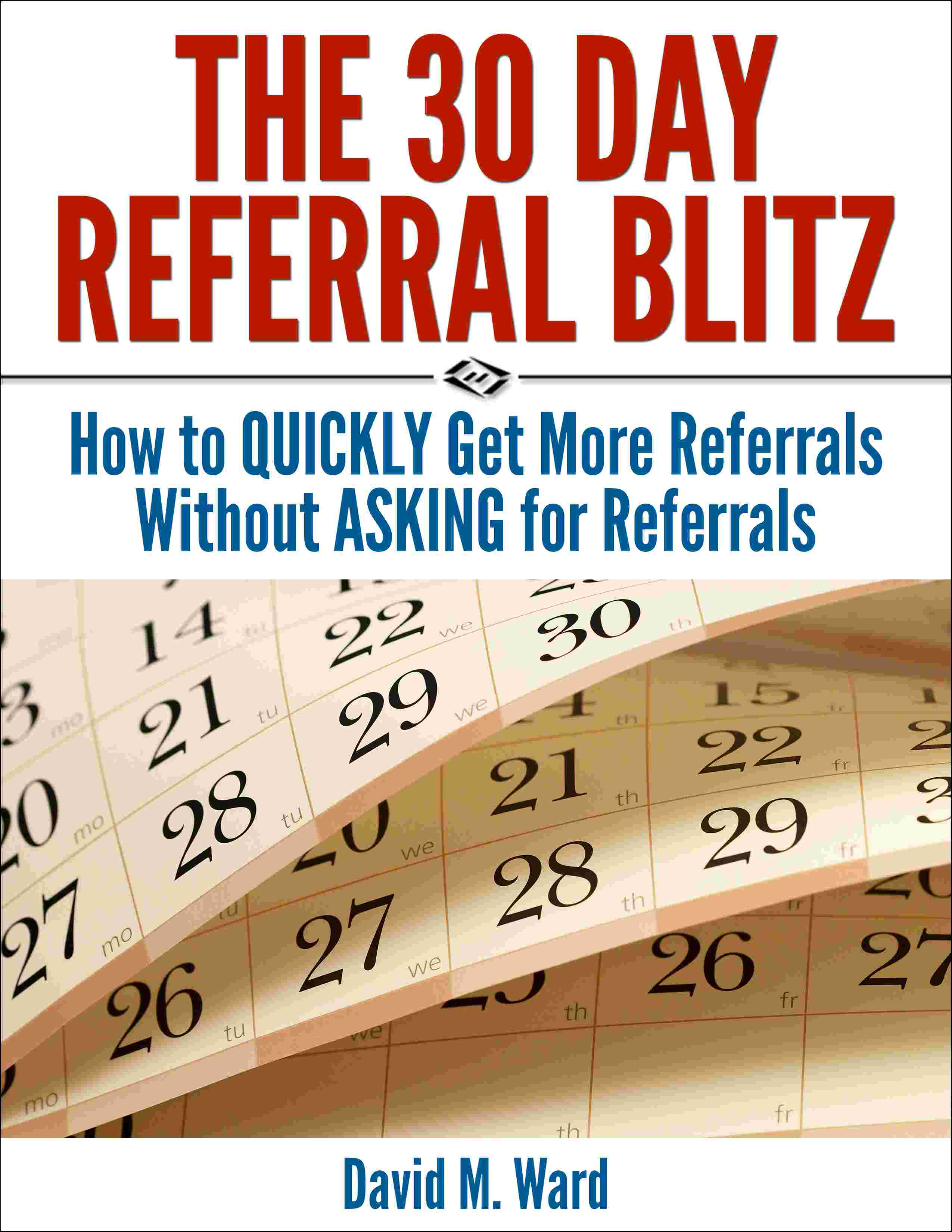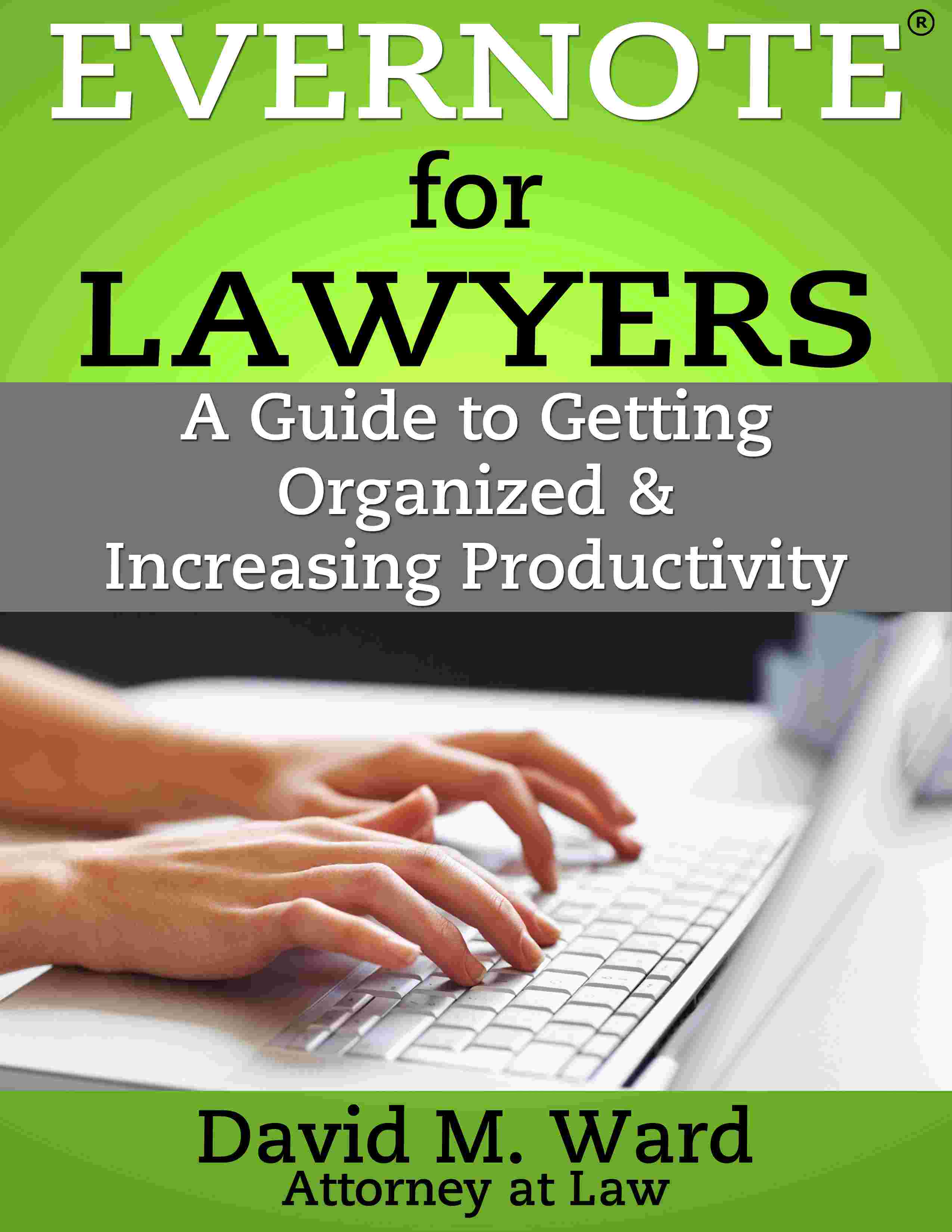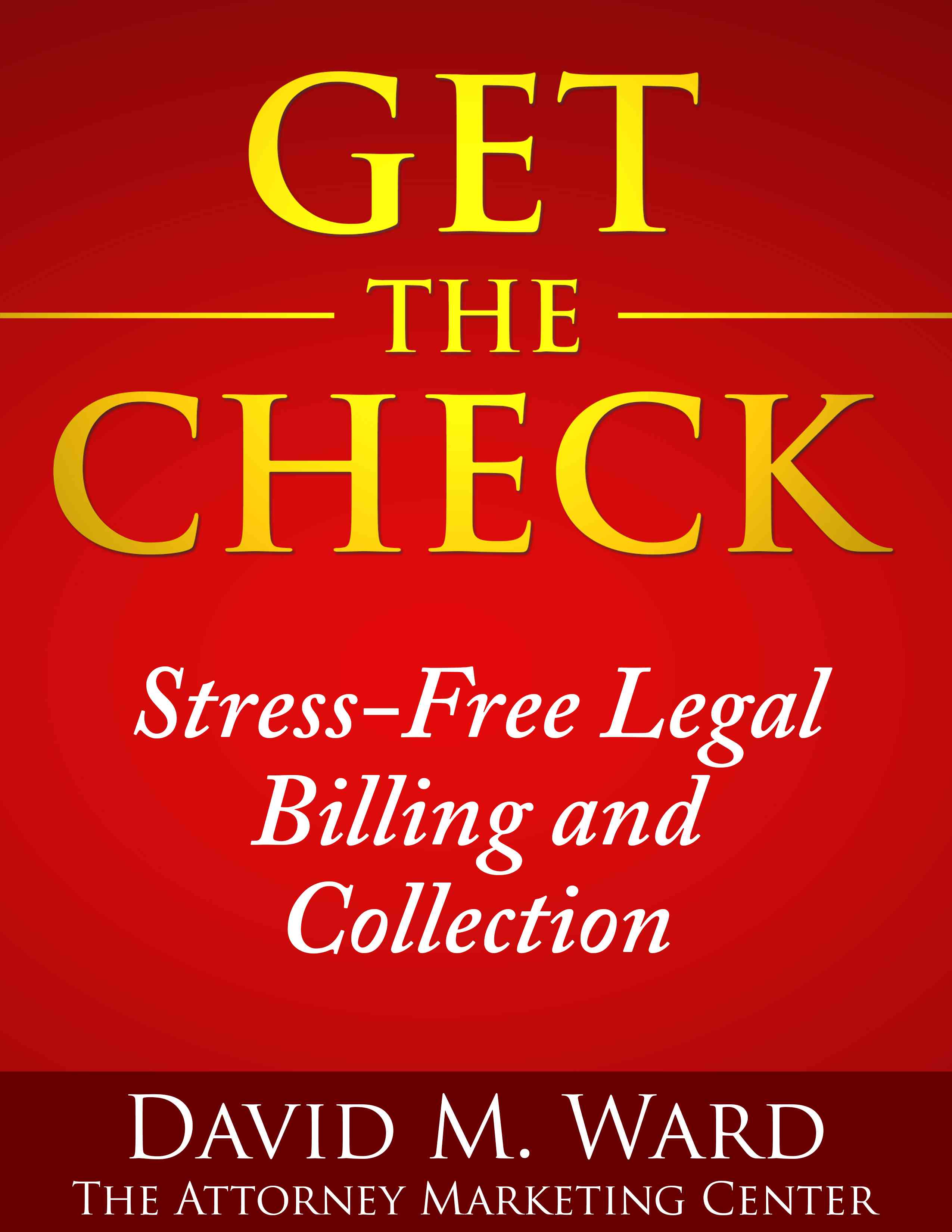If you ever have a difficult time coming up with ideas for your newsletter or blog or social media posts, I have a very simple solution for you. Not the only solution, of course. There are many sources of ideas. But when it’s crunch time and you’re looking at a blank page and a deadline, this should be your “go to”:
Find something you wrote (or said) before and write it (or say it) again.
You may notice that I do this all the time. In fact, the subject of this post is something I’ve written about more than a few times. I don’t feel guilty about that and (if you do it) neither should you. Because not only is it good for us to be able to repeat ourselves, it’s also good for our readers.
Here are 4 reasons:
- Repetition is the mother of learning. Hearing an idea more than once helps the reader or listener understand and remember that idea.
- Hearing that idea again may prompt the reader to actually do what they have learned but aren’t doing, or stopped doing.
- Many subscribers or followers may not read what we have written. They were busy, didn’t think they needed the information, or didn’t open the email or visit your blog.
- Many subscribers are new and never saw your article or post.
One more reason: the preeminence of fundamentals.
In my case, it’s much more important to remind you why you should prioritize referrals in your marketing, and tell you (again) how to get them, for example, than to tell you my latest strategy for keeping notes.
Okay, repetition for the win. But… a few guidelines:
- Spread it out. Don’t write about the same idea 3 times this month, write about it 3 times this year.
- Use (different) stories and examples to make your points, to keep it interesting and give your readers something different they might relate to and remember.
- Vary the style and length of your articles and posts. One time, you might have a lengthy and comprehensive article, the next time you might rhapsodize about a portion of the same, or simply refer to the idea parenthetically as part of another article or post.
Finally, if you’re really in a pinch, it’s perfectly fine to write nothing new but simply copy and paste your old article as though it is new. (You may find this especially handy when you’re going on vacation).
Most readers won’t notice and those who do won’t care.

